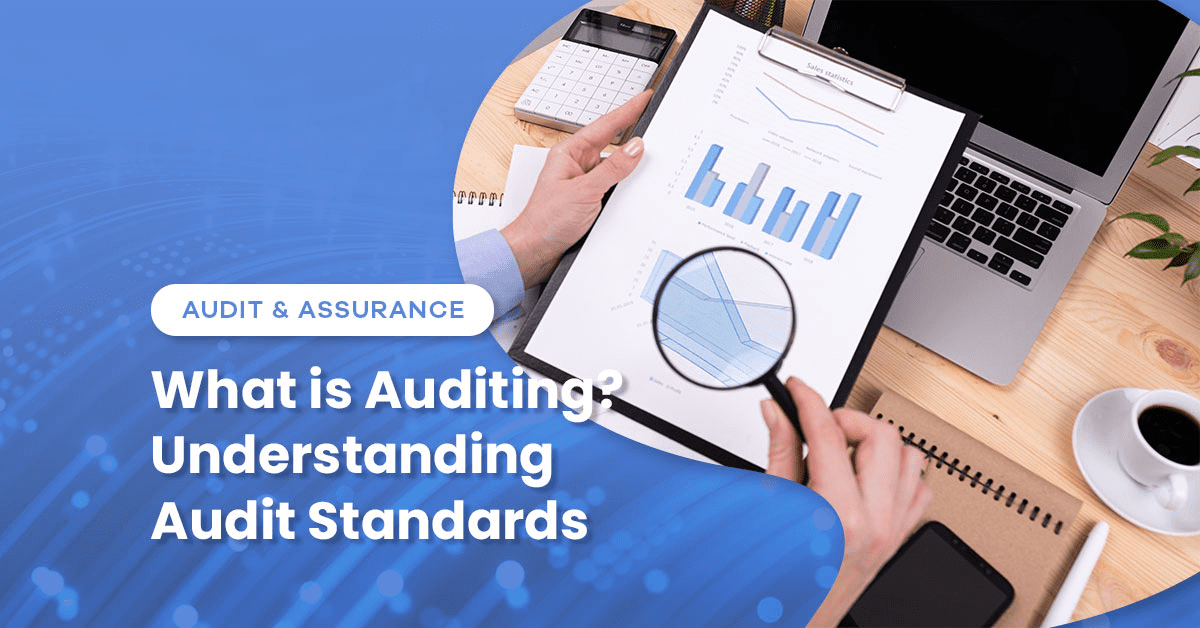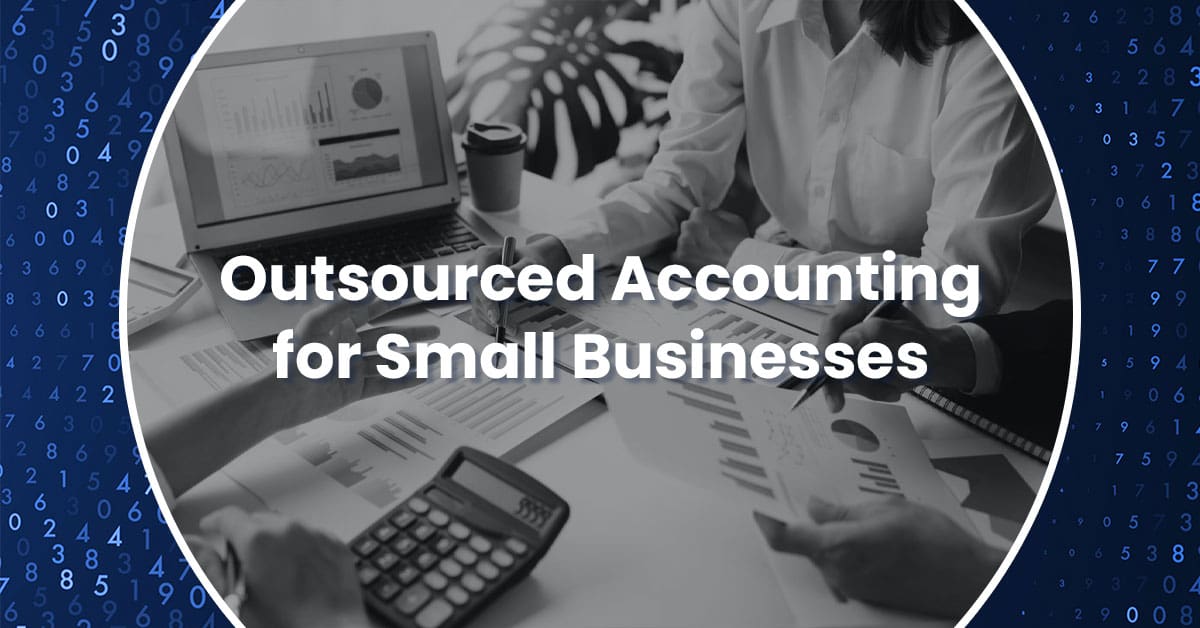Updated: December 22, 2023
Sponsors of defined benefit and defined contribution retirement plans should keep the following deadlines and other important dates in mind as they work toward ensuring compliance for their plans in 2024. Dates assume a calendar year plan. Some deadlines may not apply, or dates may shift based on the plan sponsor’s fiscal year.
JANUARY
- 15 / Fund: Possible fourth quarter 2023 contribution due for defined benefit pension plans.
- 31 / Action: File IRS Form 945, Annual Return of Withheld Federal Income Tax, by January 31 for non-payroll income taxes, such as taxes withheld by retirement plans, during 2023
- 31 / Action: Distribute IRS Form 1099-R to participants by January 31 for 2023 retirement plan distributions.
Best Practice: Plan sponsor should confirm the accuracy of the prior year’s census data to the recordkeeper. This information is used for ADP/ACP testing, among other things.
FEBRUARY
- 28 / Action: File IRS Form 1096, Annual Summary and Transmittal of US Information Returns, with IRS if using paper transmittal by February 28 for 2023 tax year.
- 28 / Action: File IRS Form 1099-R in paper format with the IRS by February 28 for 2023 retirement plan distributions.
Best Practice: Review and approve compliance testing results sent by plan administrator.
MARCH
- 15 / Action: Highly compensated employees who fail ADP/ACP test for prior plan year must have refunds processed by March 15 (other than eligible automatic contribution arrangements).
- 15 / Fund: Partnerships and S Corporations that are not getting an extension must fund employer contributions to meet the defined benefit plan contribution deadline 2023 and receive tax deduction for the prior year.
APRIL
- 1 / Action: 401(k) plans with publicly traded employer stock that follow Article 6A of the Regulation S-X (SEC format) must file Form 11-K with the Securities and Exchange Commission by April 1.
Note: The IRS “weekend rule” does not roll the April 1 deadline to the next business day if April 1 falls on the weekend or holiday.
- 1 / Action: Recordkeeper (or other responsible party) completes and files Form 1099-R electronically with the IRS by April 1 for 2023 retirement plan distributions.
- 1 / Action: April 1 deadline for 5% business owners and terminated participants who turned 73 in 2023 to receive their required minimum distribution (RMD). Note: the IRS “weekend rule” does not roll the April 1 deadline to the next business day if April 1 falls on the weekend or holiday.
- 15 / Fund: April 15 possible first quarter 2024 contribution due for defined benefit pension plans (i.e., contribute by April 15 before the weekend, as contribution deadlines are not extended to the next business day).
- 15 / Distribute: Participants who contributed over 402(g) or 415 limits in the previous year must be refunded the excess amount by April 15.
- 15 / Action: File PBGC Form 4010, Notice of Underfunding for single-employer defined benefit plans with more than $15 million aggregate underfunding by Monday, April 15.
- 15 / Fund: C-Corporations and Sole Proprietors that are not getting an extension must fund employer contributions by April 15 to receive tax deduction for the prior year.
- 15 / Fund: IRA contributions for the prior tax year must be funded by April 15.
- 29 / Action: Send annual funding notice to participants of single and multi-employer defined benefit plans over 100 participants by April 29. This is a critical annual funding notice due date for sponsors.
JUNE
- 28 / Action: 401(k) plans with publicly traded employer stock must file SEC Form 11-K with the Securities and Exchange Commission by June 28 or file an extension on SEC Form 12b-25.
- 30 / Action: Highly compensated employees who fail ADP/ACP test for prior plan year must have refunds processed by June 30, if an eligible automatic contribution arrangement (EACA).
JULY
- 15 / Action: 401(k) plans with publicly traded employer stock that requested a 15-calendar day extension (SEC Form 12b-25) for the SEC Form 11-K must file the SEC Form 11-K with the Securities and Exchange Commission by July 15.
- 15 / Fund: Possible second quarter 2024 contribution due for defined benefit pension plans by July 15.
- 31 / Action: File IRS Form 5500, Annual Return/Report of Employee Benefit Plan, and IRS Form 8955-SSA, Annual Registration Statement Identifying Separated Participants with Deferred Vested Benefits, for the 2023 plan year by July 31.
- 31 / Action: To request an extension of time to file IRS Form 5500, file IRS Form 5558 by July 31.
SEPTEMBER
- 15 / Fund: If an extension was filed, September 15 is the deadline to fund employer contributions for Partnerships and S-Corporations.
- 15 / Fund: September 15, last date to make 2023 contributions for single and multiemployer defined benefit pension plans.
- 30 / Action: September 30, Distribute Summary Annual Report (SAR) to participants if the Form 5500 was filed on July 31.
OCTOBER
- 3 / Action: Distribute annual notices to participants no earlier than October 3 and no later than Dec 2, including notices for: 401(k) Plan Safe Harbor Match, Automatic Contribution Arrangement Safe Harbor, Automatic Enrollment and Qualified Default Investment Alternatives (QDIA).
- 15 / Fund: October 15 possible third quarter 2024 contribution due for defined benefit pension plans.
- 15 / Action: October 15 is the extended deadline for filing IRS Form 5500 and IRS Form 8955-SSA.
- 15 / Action: October 15 is the extended deadline for filing individual and C-Corp tax returns.
- 15 / Action: If an extension was filed, October 15 is the deadline to fund defined contribution employer contributions for C-Corporations and Sole Proprietors.
- 15 / Action: October 15 to open a Simplified Employee Pension (SEP) plan for extended tax filers.
- 15 / Action: Send annual funding notice to participants of single- and multi-employer defined benefit plans with 100 or fewer participants by October 15.
- 15 / Action: October 15 defined benefit plan PBGC Premium filings and payments due.
- 31 / Action: Single-employer defined benefit plans that are less than 60% funded or are 80% funded and have benefit restrictions triggered must inform participants by October 31 or 30 days after the benefit restriction applies.
Best Practice: Make sure administrative procedures align with language in plan document.
DECEMBER
- 2 / Action: Distribute annual participant notices no later than December 2. These include notices for: 401(k) Plan Safe Harbor Match, Automatic Contribution Arrangement Safe Harbor, Automatic Enrollment and Qualified Default Investment Alternatives (QDIA).
- 15 / Action: December 15 is the extended deadline to distribute Summary Annual Report (SAR) when the Form 5500 was filed on October 15.
- 31 / Action: December 31 is the final deadline to process corrective distributions for failed ADP/ACP testing; a 10% excise tax may apply.
- 31 / Action: Ongoing required minimum distributions (RMDs) for 5% business owners and terminated participants must be completed by December 31.
- 31 / Action: Amendments to change traditional 401(k) to safe harbor design, remove safe harbor feature or change certain discretionary modifications must be completed by December 31. Amendments to change to safe harbor nonelective design must be completed by Dec 1 of given plan year for 3% or by Dec 31 of the following year for 4% contribution level.
- 31 / Action: Plan sponsors must amend plan documents by December 31 for any discretionary changes made during the year.
In addition to those important deadlines and dates, plan sponsors should be aware of the contribution plan limits and other rolling notices for 2024:
- Traditional and Roth Individual Retirement Account contribution limit is $7,000. Catch-up contributions for participants aged 50 and over is $1,000, which is fixed by law and not adjusted each year.
- Employee salary deferral limit for 401(k), 403(b) and 457 plans are $23,000. The catch-up contribution limit for participants who are age 50 or older in 2024 is $7,500.
- Maximum annual additions (i.e., employee deferrals, employer contributions and forfeitures) that can be allocated to a participant’s defined contribution plan account for 2024 is $69,000.
- Limitation for the annual benefit under a defined benefit plan under Section 415(b)(1)(A) is $275,000.
- The dollar amount used to define “highly compensated employee” under Section 414(q)(1)(B) is $155,000.
BEST PRACTICES:
- Contact your service provider to discuss any required and/or discretionary SECURE 2.0 provisions effective in 2024 to ensure compliance
- Make sure discretionary amendments that impact plan design and administration are executed and implemented timely per IRS regulations
- Make sure administrative procedures align with language in plan document.
- Plans may consider doing mid-year compliance testing to avoid failing applicable annual tests.
- Review and approve compliance testing results sent by plan administrator. Plan sponsor should confirm the accuracy of the prior year’s census data to the recordkeeper. This information is used for ADP/ACP testing, among other things.

 Previous
Previous






